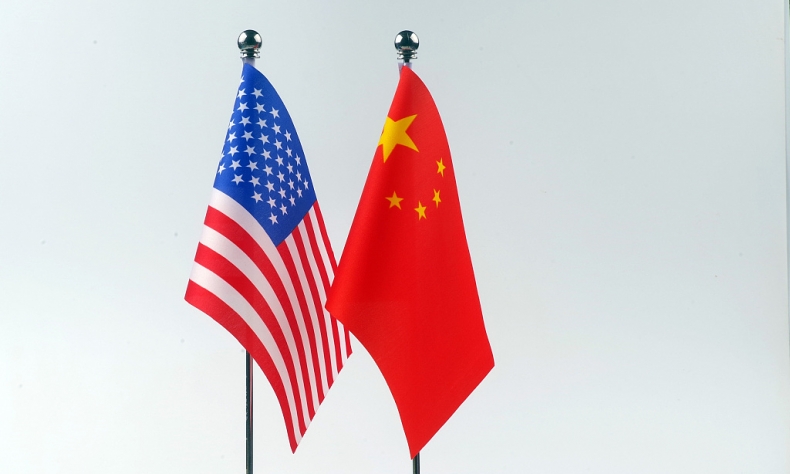Will Climate Diplomacy Turn Around China-U.S. Relations?

We still have climate change as an entry point for China-U.S.teamwork, which might, in the future, involve further cooperation across new areas.
U.S. Special Presidential Envoy for Climate John Kerry’s visit to China in mid-April intended to smooth over relations with China before the Earth Day Virtual Summit on climate change hosted by the Joe Biden administration on April 22-23. Prior to his China trip, Kerry toured a number of European Union countries and selected parts of Asia for the same purpose.
The Biden administration has invited leaders from 38 countries, including China and Russia, in addition to President of the European Council Charles Michel and President of the European Commission Ursula von der Leyen.
China did not attend the global summit on climate and development organized by the UK on March 31. Against this most recent backdrop, China’s positive stance on the upcoming U.S. summit has received global attention.
The U.S. seeks to liaise with China on climate change; the underlying reason for Kerry’s tour of China being the desire to open up a narrow path to cooperation amid a deepening rift. Five decades ago, the ping-pong diplomacy opened the door for China-U.S. communication and cooperation. Will the climate diplomacy this time help reverse the deterioration of the relationship between the world’s two biggest economies and carbon dioxide emitters?
Addressing climate change through multilateral cooperation was a key feature in Biden’s presidential campaign. On day one of taking office, Biden announced the U.S. would rejoin the Paris Agreement, which the U.S. had officially left under his predecessor Donald Trump. He also signed executive orders to confirm the central position that climate change takes in terms of U.S. diplomatic policies and national security.
In the battle against climate change, the two countries actually share common interests. China has continuously been intent on sending out a positive message on the topic of climate change and has put in vigorous attempts to tackle the issue. One such effort includes the country’s commitment to peaking carbon emission before 2030 and realizing carbon neutrality before 2060. In spite of their differences regarding several issues during the China-U.S. high-level strategic dialogue in Anchorage, Alaska, the U.S., on March 18 and 19, the two sides did agree to ramp up the teamwork in and dialogue on climate change.
These common interests help pave the way for bilateral cooperation. Nevertheless, whether this will lead to an upward spiral in bilateral relations between the two remains to be seen; both have their own objectives when dealing with climate change.
China’s objective is simple: to improve the ecological environment through tree-planting, energy conservation, low-carbon life and the transformation of economic growth models.
Conversely, the approaching Biden-hosted summit wishes to reshape the U.S. leadership and repair its image once heavily compromised by Trump’s withdrawal from the Paris Agreement.
The challenge that the climate crisis poses will push the U.S. to claim the moral high ground. Meanwhile, climate change is much less geopolitically sensitive than many other issues on the global table. Accordingly, it is a good springboard to relaunch the U.S. back onto the world stage.
The current U.S. attitude toward climate cooperation with China is similar to its opinion on other China-related issues. During his EU trip, Kerry managed to reach some level of consensus with his EU counterparts, and then headed off to China. As a matter of fact, one might argue that his climate change-focused trip epitomizes present-day China-U.S. relations.
Messed up by the Trump administration, China-U.S. relations only bear a very limited scope for cooperation, with climate change among the handful of hopefuls.
Even so, the Biden administration is unlikely to fully devote itself to the collaboration, be it in thought or actions.
Yet when all is said and done, we still have climate change as an entry point for China-U.S.teamwork, which might, in the future, involve further cooperation across new areas.
 Facebook
Facebook
 Twitter
Twitter
 Linkedin
Linkedin
 Google +
Google +










